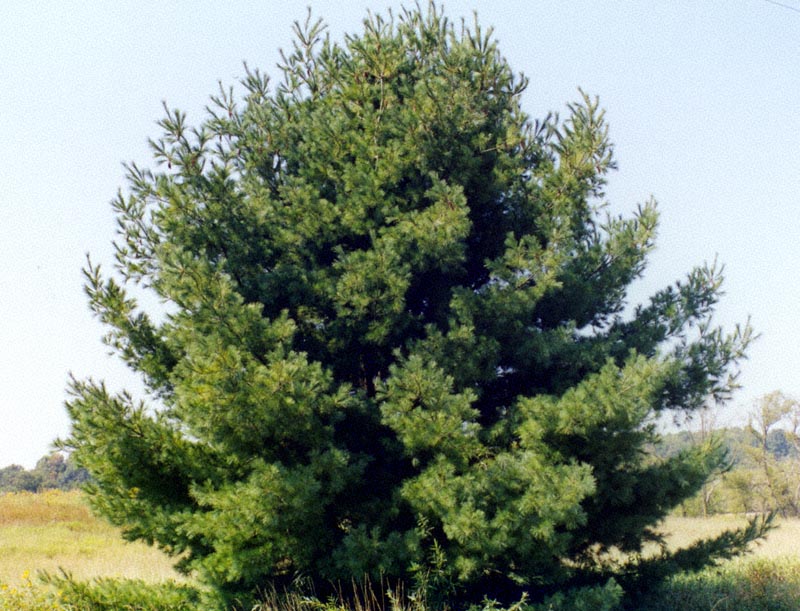General Office Pollutants
Placing ventilation systems on the roof (or obtaining main flow from the roof) ensures that carbon monoxide from traffic won't be sucked into the building.
Wood stain used on furniture that is made from orange peels, avoids irritating gases that can be emitted from conventional stains.
Copying machines should be placed in rooms with separate ventilating systems, or replaced with dry-toner copiers. Fresh-air intakes and duct systems should be cleaned simultaneously.
Smoking should be banned from the building.
Doubling the amount of outside air that circulates through a building will cut the pollution in half.
Ventilation systems should be checked and cleaned annually. Cost is recovered in gained man-hours from improved employee health. Given persistent complaints, the building should be evaluated by professionals, such as ACVA Atlantic, a Fairfax, VA., firm that analyses indoor pollution problems and suggests remedies.
ACVA once diagnosed a Maryland company's headquarters that was experiencing employee absenteeism of 10 percent (normal industry range was 3 to 6 perecnt). They found the office filled with high concentrations of dust, fungus, tobacco smoke and seven times the normal amount of carbon dioxide --- the building's fresh-air intake had malfunctioned and had not been open for two years.
And finally, as many plants as possible should be crammed into the interior of the building.
All plants are beneficial in living environments because they enrich the air by giving off oxygen.
Studies by NASA's National Space Laboratories have proven that plants can also reduce air pollution inside buildings. In an anomaly of nature, the pollutants that endanger humans are a plant's candy.
In the NASA experiment headed by Dr. B.C. Wolverton [ Foliage Plants For Improving Indoor Air Quality/ NASA- John
C. Stennis Space Center/ 39529- 6000 ], various air pollutants were injected sequentially into two air- tight chambers and circulated by a fan. Different plants were introduced into the chambers, and their ability to absorb the contaminant was measured at intervals of 6 and 24 hours.
The best plants (removal of volatile organics (formaldehyde, benzene, etc., carbon monoxide) listed in descending order:
* Philodendron oxycardium (heart leaf philodendron)
* Philodendron domesticum (elephant ear-best at low concentrations)
* Philodendron selloum (lacy tree philodendron)
* Chlorophytum elatum (spider plant)
* Scindapsus aureus (golden pothos)
* Aglonema modestum (Chinese evergreen)
* Aloe vera
* Brassaia arboricola (mini-schefflera)
* Spathiphyllum "clevelandii" (peace lily)
* Peperomia obtusifolia (peperomia)
* Draceana fragans "massangeana" (corn plant)
* Sansevieria trifasciata (mother-in-law tongue)
* Tradescantia sillmontana (oyster plant)
Benzene-specific plants:
* Gerbera jamesonii (Gerbera daisy)
* Chrysanthemum morifolium (Mums)
* Spathiphyllum mauna loa (Peach lily)
* Draceana deremensis "Warnecki"
* Draceana marginata
* Draceana deremensis "Janet Craig"
* Draceana fragans "Massangeana" (corn plant)
These are all basically low-light plants, and most can be sustained quite well with fluorescent light (see various houseplant literature on lighting, feeding, etc.). A mixture of plants may provide a positive synergy.
Plants can't take out smoke and dust particles, however. Their leaf stoma are too small. For that task, the plant's roots and bacteria must be called into play, and Wolverton has also developed a device to do it.
The apparatus contains a charcoal filter system connected to a watertight, motorized fan enclosed in a sort of squirrel cage. It is attached below the pot holding a plant, so the mechanism isn't seen. When plugged in, the fan pulls smoke and toxic chemicals out of the air and through the carbon for filtering to the roots.
In a symbiotic relationship with bacteria that break down the chemicals, the roots "literally eat the chemicals".
One plant equipped with a carbon-filtering device can do the work of 15 to 20 plants whose leaves alone are purifying the air.
Two firms are marketing the device: Bio-Pure/ P.O. Box 20593/ Tampa, Fla. 33622-0593/
(813) 839-8617 --- Prices range from a 8 in. unit designed for cleaning a room 10ft. by 12 ft. for $59.95, to a 20 in. unit with dual fans for $169.95 that can clean a room the size of a cafeteria.
Jack Reber/ Bio-Safe, Inc./ Box 37/ Industry, Texas 78944/ (409) 830- 8772







